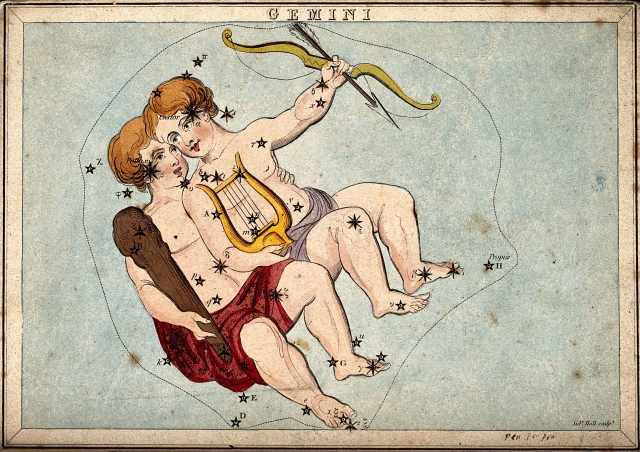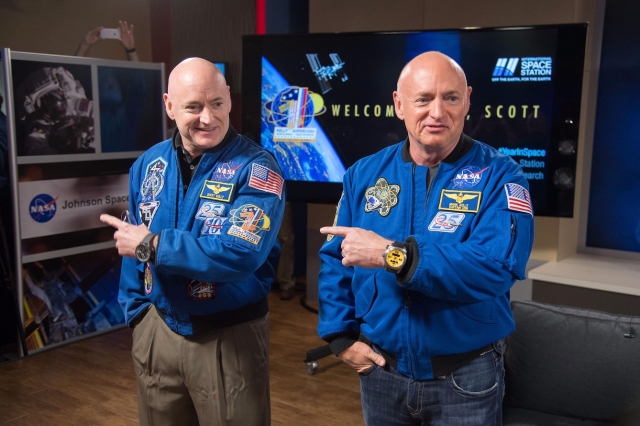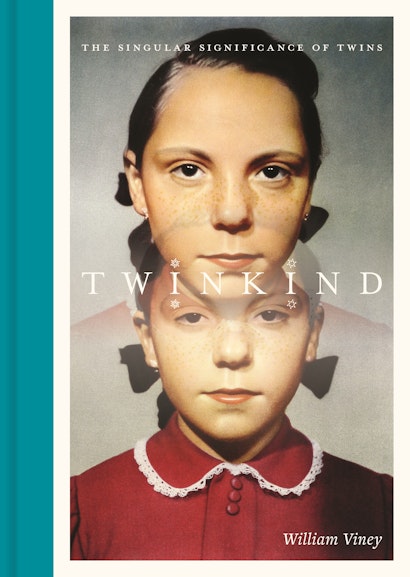Twins share their environment and (in the case of identical siblings) much of their genetic make-up with another person. This has made them idealized research subjects in scientific studies. By dividing twins into groups and comparing them with each other and the wider population, scientists have gained insights into human nature—and nurture.
The eugenic foundations of twin research are easily forgotten or overlooked. Twin people were first placed into modern scientific studies by Francis Galton (1822–1911), the British eugenicist. Galton’s studies of twins in the 1870s led him to conclude that twins grew dissimilar owing to the “development of natural characteristics” or “continue their lives, keeping time like two watches, hardly to be thrown out of accord except by some physical jar”.
Galton promoted using twins as a new method to support a biometric and eugenic approach to scientific research. Ever since, scientists and other experts celebrate twins as “natural experiments” and “living laboratories”—nature’s gift to scientific reason. Evidence from twin studies has been used to measure, control and manipulate how society is organised. Motivated by eugenic race science, German scientists of the 1920s separated twins into ‘identical’ (monozygotic) and ‘fraternal’ (dizygotic) control groups for the first time. They observed and quantified traits based on biological and environmental differences between twin pairs and groups made up of twin pairs.
Otmar von Verschuer (1896–1969) was a professor of genetics and also a eugenicist in pre- and post-war Germany. Directly inspired by Galton, Verschuer developed a big-data approach to the recruitment of twins and storage of twin data. He also trained his students such as the Nazi war criminal Josef Mengele (1911–1979), who carried out experiments at Auschwitz concentration camp.
Subsequent generations of twin researchers may seek to distance themselves from these histories and their legacies. Yet the treatment of twins as a scientifically ‘useful’ community is a utilitarian belief that has endured over the last 150 years. Earlier experiments pioneered the technical and organisational research principles still used in twin studies today, where approximately 1.5 million twins participate in scientific research worldwide.
Long before their use in modern and contemporary science, however, twins have been treated as heroes, gods and monsters, evidence of faith and models for speculative reason. How and why they are valued changes according to time and place. My research contextualises the many different ways that twins have shaped the human past, and the ways twins have been used to predict the future.
For Christian theologians like Augustine of Hippo (354–430), for example, twins were evidence of free will’s triumph over the zodiac. Look at twins, argued Augustine, they are born beneath the same stars, yet lead different lives and die at different times. Augustine used twins as evidence against fate in his fight with astrologers.

Several hundred years later, physicist Albert Einstein (1879–1955) and philosopher Henri Bergson (1859–1941) used twins to debate the nature of time. Einstein’s thought experiment asked what would happen if one twin travels into space close to the speed of light. He argued this twin would return to Earth younger than their twin sibling who stayed home. Bergson argued that time could not be understood simply in terms of science. Their public debates attracted huge audiences. These audiences were confronted, once again, by how the twins are used to explore new truths about our existence.
As part of a NASA study, Scott Kelly (b. 1964–) spent a year in space, while his identical twin, Mark, stayed on Earth as a control subject. For a year NASA’s Twins Study collected data to test how spaceflight affects oxygen-deprivation stress, increases inflammation, and causes changes in nutrients that influence gene expression. One of the things they discovered was that while high-speed space travel does indeed affect time, it also shapes how time affects the functions of the human body.
Twins have given instruction and entertainment in religious texts, medieval folk tales, theatre and television. One recurring story involves twins who are separated but eventually restored to a state of harmony. The fascination with twins “separated at birth” became another scientific method used to explore the relationship between nature and nurture.
‘Three Identical Strangers’ (2018) is a documentary about triplets Robert Shafran, Edward Galland and David Kellman, who were separated at birth but found each other by chance in the 1980s. Their reunion was a national media spectacle. Scientists from the Minnesota Study for Twins Reared Apart (MISTRA) asked them to join their study.
MISTRA was not the triplets’ first reared-apart study. Later, they discovered that they were part of another, study of separated twins and other multiple-birth siblings, being conducted covertly by Peter Neubauer (1913–2008) in New York. Neubauer recorded the lives of twins and triplets who had been separated at birth by an adoption agency, which believed that they would develop their own identities if kept apart. Neither the adoptive families nor the children were told that they were twins or triplets. The film explored the ethics of keeping the study a secret. It also raised an important question relevant to all so-called ‘natural experiments’ involving twins: do researchers shape the subjects they observe?
We live in an era when twins are routinely bioengineered. On 6 June 1981 Stephen and Amanda Mays became the world’s first twins to be conceived thanks to in vitro fertilisation. As more sophisticated medical techniques and complex fertility markets developed in the last decades of the 20th century, twin birth rates increased dramatically— up 40 per cent in some countries.
Twin pregnancies and births increase many health risks for mother and babies, however. In the early 2000s the industry regulator in the UK, the Human Fertilisation and Embryology Authority, commissioned an independent review into excess deaths linked to twin pregnancies. As a result, it now campaigns to educate medical professionals and parents about the risks to mother and baby from implanting multiple embryos during IVF treatments. The policy highlights how twins, whether actively sought by parents or incidentally made, are often the result of competing reproductive, medical and financial pressures.
Twins were also the result of a controversial procedure that produced the world’s first genetically-modified humans. In November 2018, the birth of Lulu and Nana was announced at a press conference to a shocked audience. A team of Chinese scientists led by He Jiankui (b. 1984) used a gene-editing technique called CRISPR-Cas9 in an attempt to lessen Lulu and Nana’s vulnerability to the HIV virus.
The procedure was widely criticised for the risks posed to the twins and to the trust placed in science and scientists. He Jainkui was later jailed. The scientific community has struggled to apportion collective responsibility for experiments such as these. And, as for Lulu and Nana, they have been hidden from public view to protect them from the repercussions of the illegal and controversial experiment that led to their birth.
The many different scientific findings generated using twins have changed and challenged how we see ourselves. Science has also helped to create many more twins through fertility treatments and (sometimes questionable) biotechnologies. Now in the digital age, twin science is shaping virtual worlds.
We may be slowly getting used to the idea of avatars of ourselves in a virtual setting, but a digital twin could be something more. Powered by artificial intelligence, combining many different kinds of biological and environmental data, digital twins test ‘what if’ scenarios—optimizing surgical procedures on a digital model of your heart, for example, or testing how ‘you’ might respond to a drug therapy. But rather than developing health predictions taken from living twin laboratories, as in the twin research of the past, these emerging technologies encourage all of us to enter a state of permanent experimentation. It is common to view these technologies as absolutely novel. But historical terms they extend longer traditions that use twins as a way to theorize, test, and predict our futures. They also ask that we believe in twins but also challenge the values we invest in them.
This post expands and updates an article that first appeared on the Wellcome Collection website under a CC BY 4.0 license.
William Viney is a research associate at Imperial College London. He is the author of Twins: Superstitions and Marvels, Fantasies and Experiments and Waste: A Philosophy of Things. Himself a twin, he directed the documentary short film Twins on Twins.

